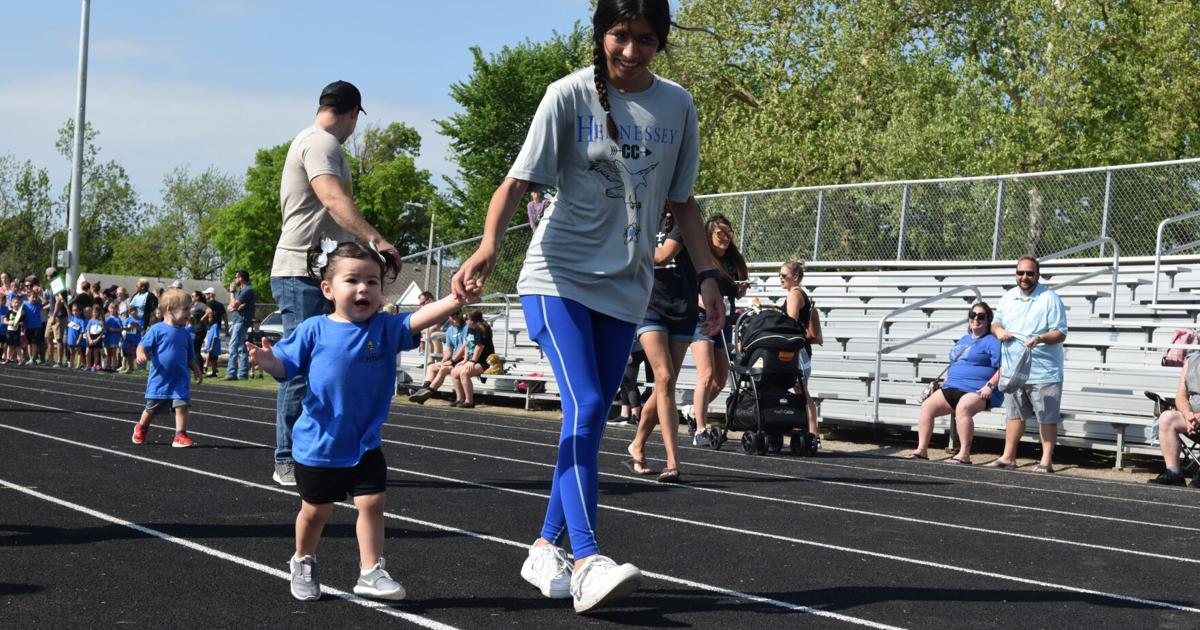Oscar-winning actress Helen Mirren has been following a simple, 12-minute exercise routine for six decades. She is an advocate of the Royal Canadian Air Force women’s exercise regimen, also known as XBX or the ‘10 basic exercises,’ a programme designed in the 1950s.
I have always believed in short snatches of exercise: Sit-ups after getting out of bed, press-ups while waiting for the kettle to boil, and standing on one leg while brushing my teeth.
New research reports that even a short, daily bodyweight workout can offer impressive benefits for people who have little time to exercise.
A recent study published in the found that just five minutes of daily strength training for four weeks significantly improved physical fitness and mental health in sedentary individuals.
The exercises consisted of bodyweight eccentric exercises performed at home. Eccentric exercises are where muscles contract while lengthening, such as when lowering your body during a squat or a bench press.
For the study, 22 sedentary, but otherwise healthy, individuals, aged 32 to 69, undertook daily exercises consisting of 10 repetitions each of chair squats, chair reclines, wall push-ups, and heel drops.
They were required to follow strict guidelines on how to perform the exercises. These included lengthening the eccentric (or lowering) phase of each repetition for five seconds, followed by the concentric (or elevating) phase for approximately one second. The chair squat, for example, would involve sitting down slowly for five seconds and standing up as normal.
This approach to strength training is a proven formula based on established principles, incorporating progressive overload through a combination of exercises that targets most muscle groups.
Adherence to the programme was impressive, at 91%, with participants completing 18-28 sessions over 28 days. There were no significant changes in body composition, resting heart rate, or blood pressure after 28 days of training. However, significant improvements were seen in overall physical fitness and mental health.
In terms of physical fitness for the overall group, the ability to perform the isometric mid-thigh pull improved by 13%, push-up endurance improved by 66.1%, sit-ups by 51.1%, and sit-and-reach flexibility by 9.1%, while the three-minute step test heart rate decreased by 4.8%.
Mental health scores also significantly improved, by 16% overall, and a subjective vitality assessment by 20%.
The researchers concluded that, overall, a five-minute daily exercise routine over four weeks significantly improved physical fitness and mental health in sedentary individuals, suggesting that even a small dose of exercise performed daily can be of real benefit. The high levels of adherence to the programme are reassuring, indicating that new long-term habits were being formed.
This accessible routine could provide a gateway to regular exercise participation for people who are sedentary, helping individuals overcome barriers associated with perceived lack of time, said lead researcher Professor Ken Nosaka, from Edith Cowan University, Australia.
For people who have desk-bound jobs, another study found that taking five-minute walking breaks every hour could make a significant difference.
Researchers at the University of Colorado found that it helped boost people’s mood, increased energy levels, and decreased their appetite. In the study, participants who took short walks every hour reported feeling better than those who either sat all day or took a longer walk in the morning.
Notably, the five-minute breaks didn’t significantly affect their ability to concentrate.
For people who want to take their exercise a step further, a study led by Dr Keith Diaz, from Columbia University, found that taking five-minute walking breaks every 30 minutes significantly reduced blood sugar spikes and lowered blood pressure, compared to prolonged sitting.
For people who want to take their exercise a step further, a study led by Dr Keith Diaz, from Columbia University, found that taking five-minute walking breaks every 30 minutes significantly reduced blood sugar spikes and lowered blood pressure, compared to prolonged sitting. Participants also reported that their mood had improved and they felt less tired.
People who are time poor, but have ambitions to improve their exercise performance, may want to check out the work of Dr Martin Gibala, professor of kinesiology at McMaster University, Canada, and author of The One-Minute Workout.
He argues that short bouts of intense exercise — such as one minute of hard effort within a 10-minute routine — can significantly improve cardiovascular health, insulin sensitivity, and muscular endurance.
“Intensity is more important than duration,” Gibala wrote.
“Relative to all sorts of health benefits, it is more time efficient to exercise hard for a short amount of time than it is to exercise easy for a long amount of time.”
- Warm-up: 2 minutes easy cycling or jogging
- Sprint: 20 seconds all-out effort (e.g., cycle, sprint, stair run)
- Recover: 2 minutes of light movement
- Sprint: 20 seconds all-out
- Recover: 2 minutes of light movement
- Sprint: 20 seconds all-out
- Cool-down: 3 minutes of light activity
According to Gibala’s research, the results are similar to those of 45 minutes of moderate-intensity exercise.
We are often told that being fit demands hard work, dedication and, above all, time. Or does it?
The research suggests that less time is required than you think.
- Dr Catherine Conlon is a public health doctor






























